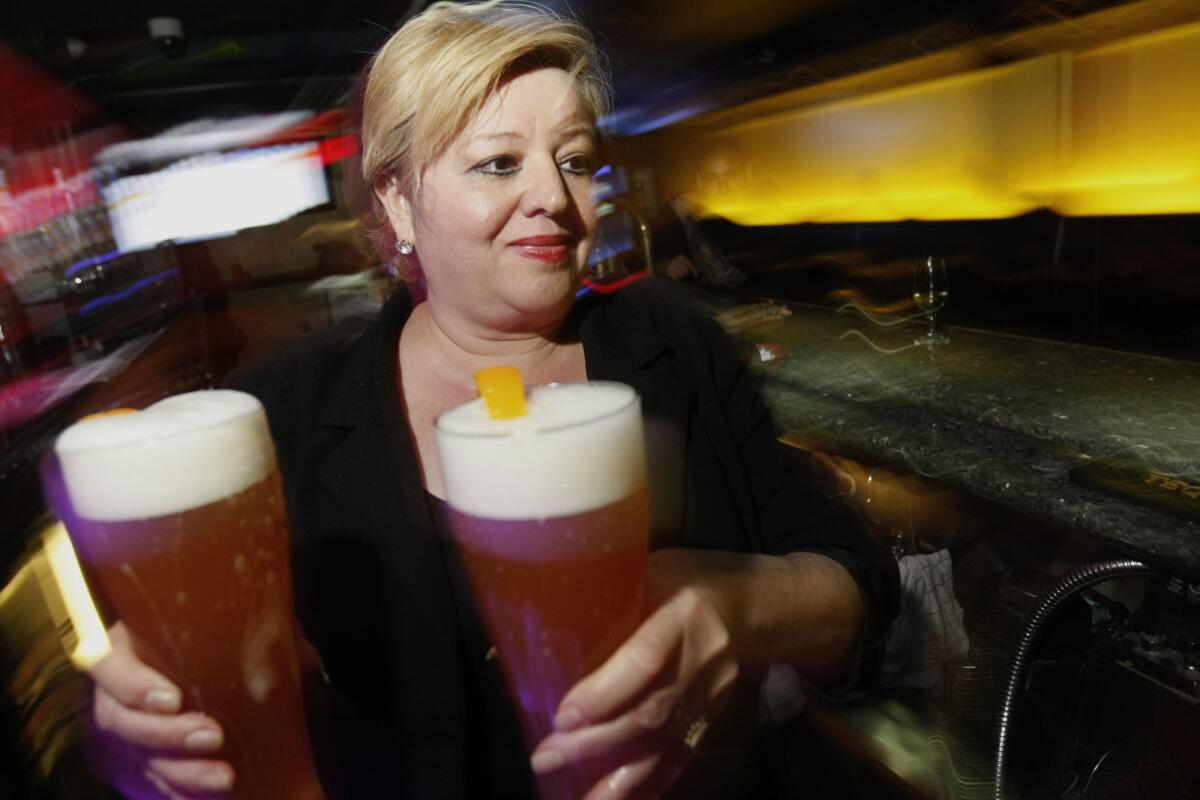One day, we could have super beer, thanks to scientists’ study of yeast

- Share via
The most critical ingredient in beer is also the least understood. Without the biological marvel that is Saccharomyces cerevisiae -- brewer’s yeast -- beer would simply be grainy soda pop, but brewers didn’t even know that yeast existed until the 17th century.
Brewers and scientists have been playing catch-up ever since, but two new projects are aiming not only to catalog the hundreds of different yeast strains being used in breweries across the globe, they’re also looking for ways to design new strains that would lead to even more diversity in the craft beer world.
A New York Times story from earlier this week details the two attempts to map the genome of the single-celled fungus that’s responsible for all the stouts, IPAs and other ales. There’s White Labs in San Diego -- a producer of brewer’s yeasts for commercial breweries and home brewers -- and a joint venture between two Belgian universities. Both labs are sequencing, then comparing, hundreds of yeast strains collected from some of the world’s best breweries.
The hope is to identify which yeast genes are responsible for creating which of the hundreds of flavor compounds that brewer’s yeast contribute to a beer. Once the yeast genomes are sequenced and understood (and that’s the hard part), researchers hope to create super yeasts that are highly tolerant, highly efficient or highly flavorful (or all three).
They aren’t interested in genetic modification, however; scientists already have “a few hundred genetically modified yeast strains patiently waiting in [their] laboratory’s freezer.” These genetically modified yeasts will stay in the freezer -- at least until public perception on genetically modified foods changes.
Instead the projects hope to use old-fashioned selective breeding to create the next wave of brewer’s yeast.
The technologies and methodologies required for this kind of gene sequencing and computer-aided breeding programs are becoming more common and less expensive, and as the world’s thirst for more unique brews climbs, these designer yeast strains are a natural way to create new and exciting brews.
More to Read
Eat your way across L.A.
Get our weekly Tasting Notes newsletter for reviews, news and more.
You may occasionally receive promotional content from the Los Angeles Times.









